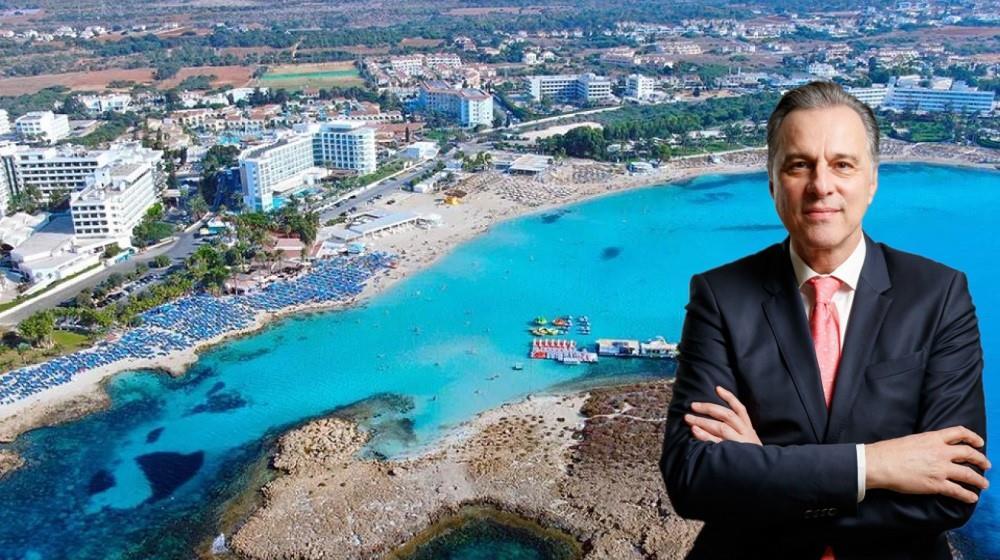Hotels across Cyprus are currently operating at peak capacity, with bookings at significantly high levels and occupancy rates reaching up to 90%. This trend is expected to continue throughout August, the peak month of the summer season.
A key contributing factor to the near-full hotels appears to be the recovery of the Israeli market, following the recent events and the armed conflict in the neighbouring country.
At a district level, the highest occupancy rates are being recorded in the free area of Famagusta, a fact attributed to its broad market appeal. Compared to other districts, Famagusta attracts a more diverse range of visitors from various tourist markets.
This picture was outlined by Christos Angelides, Director General of the Cyprus Hotel Association (PASYXE), in an interview with InBusinessNews. Referring to bookings and occupancy rates, he indicated that they are at very high levels, with the nationwide average occupancy exceeding 85% and nearing 90%.
According to Angelides, the Israeli market has recovered to a satisfactory degree, while regional markets such as Romania and Central European countries—although in smaller numbers—continue to grow and contribute steadily.
“Perhaps this is the ideal model: multiple markets and risk diversification,” said Angelides, expressing his view that this approach would also support the long-term goal of strengthening winter tourism.
“When you have several markets that remain open during winter, that could be the solution to extending the tourism season,” he noted, adding that having two or three main markets is always helpful, but balance—which smaller markets can provide—is also necessary.
District breakdown
Asked about hotel occupancy in the mountainous tourist resorts of Cyprus, Angelides estimated that occupancy in August is expected to hover around 85%.
When asked to provide a district-by-district overview and the markets they attract, the PASYXE Director General stated that the free area of Famagusta typically sees the highest occupancy during this period, as it draws numerous and diverse tourist markets.
“Specifically, Famagusta attracts tourists from Scandinavia, Switzerland, Austria, as well as a significant number of German visitors,” he said.
“At the same time,” he added, “Famagusta also attracts tourists from other countries in smaller numbers, who add to the arrivals from its traditional markets.”
Regarding Paphos, Angelides highlighted that it is performing positively thanks to a rise in Polish tourists and, of course, its largest market— the United Kingdom.
As for Limassol, he noted that while it has its own markets, it also attracts numerous tourists who combine holidays with work (so-called business leasing), due to the presence of many foreign companies headquartered in Limassol.
(Source: InBusinessNews)










